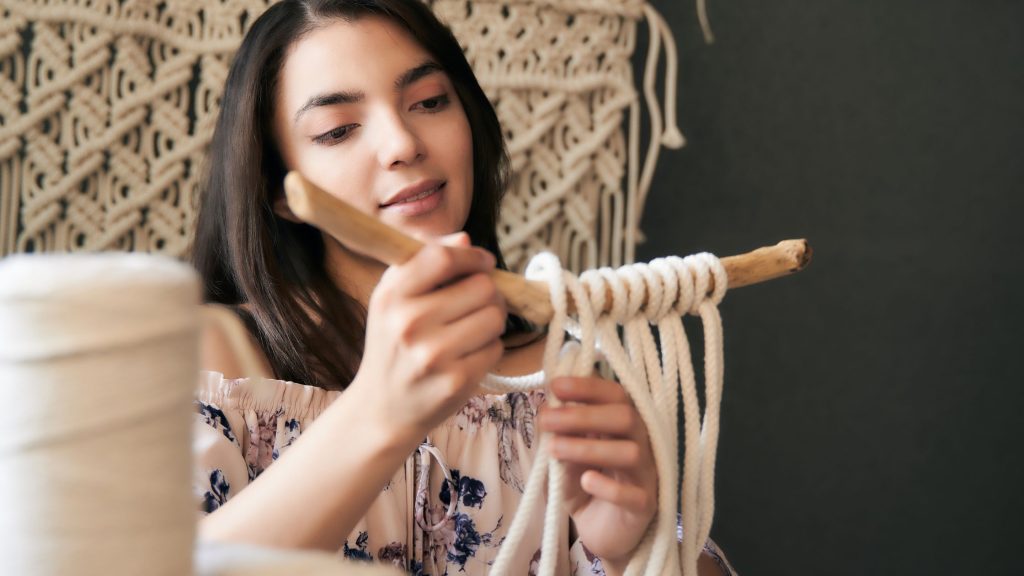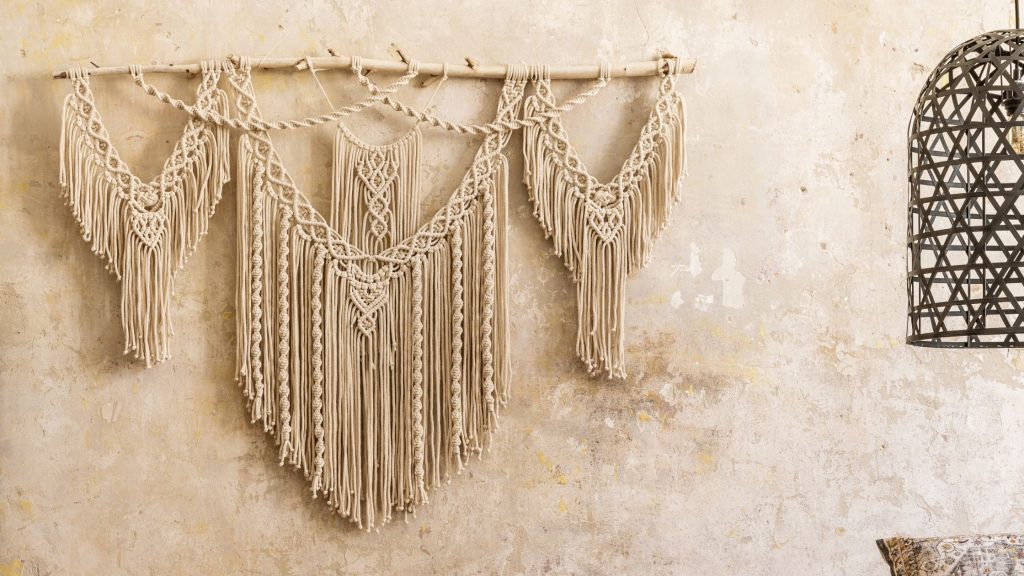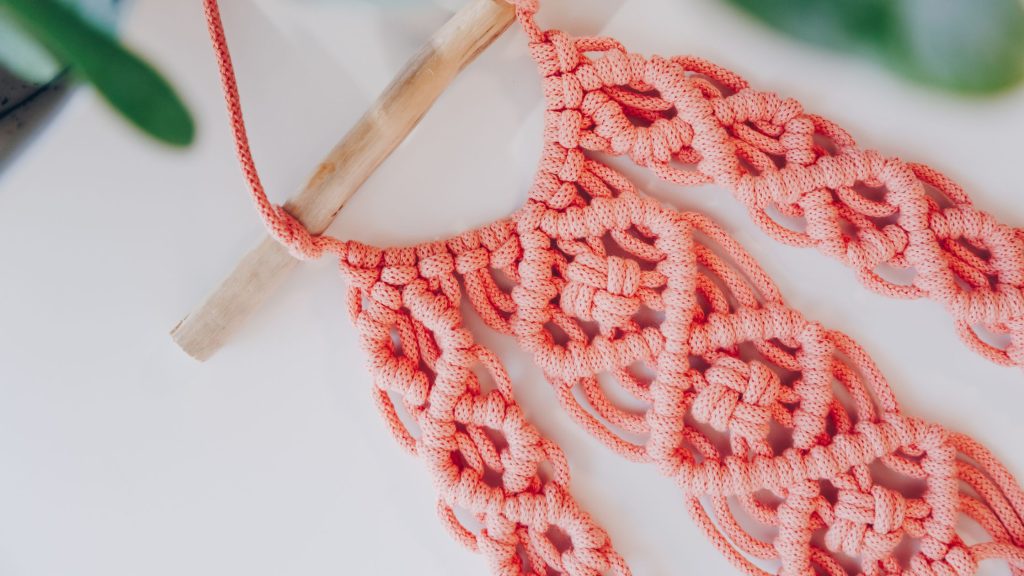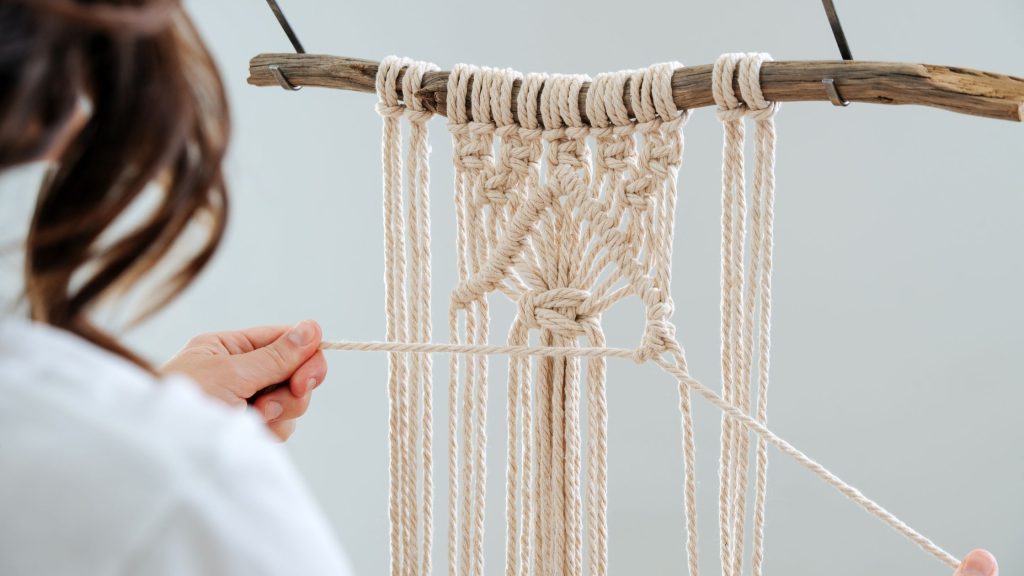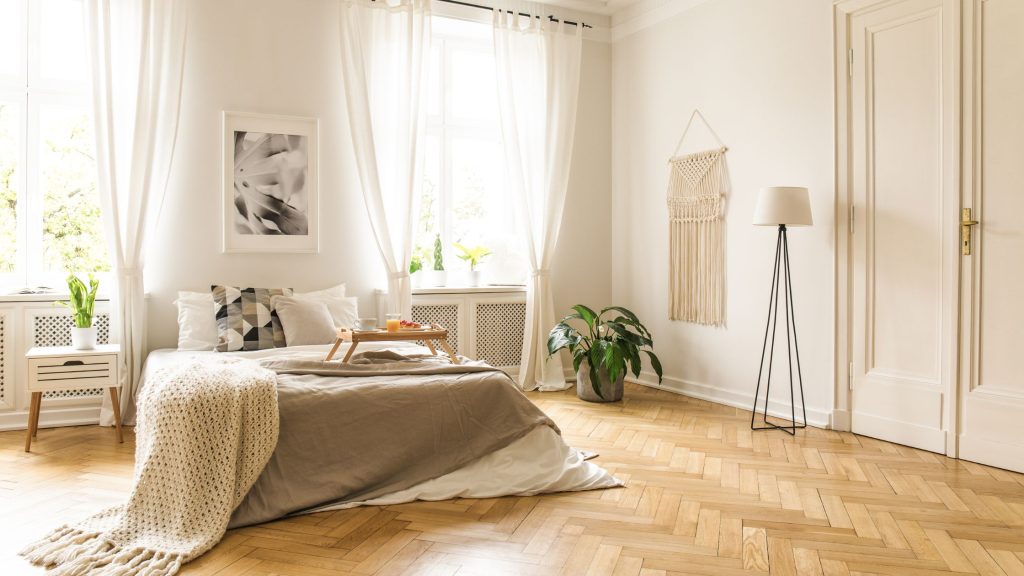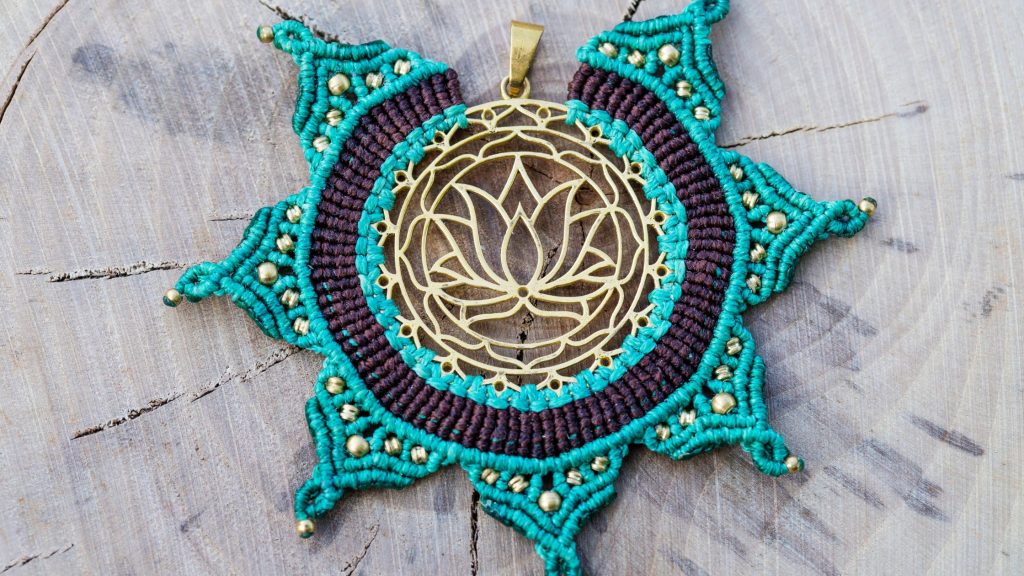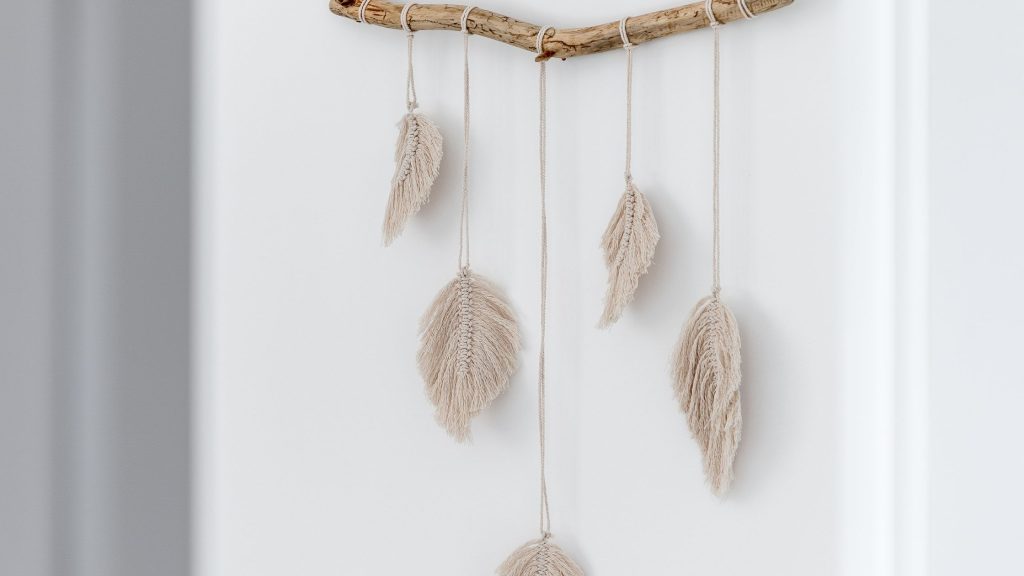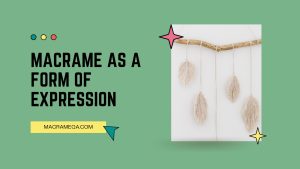In the fascinating realm of macrame artistry, there exists a realm of renowned historical artists whose intricate creations have left an indelible mark on the craft. This article takes you on a journey through time, immersing you in the exquisite works of these extraordinary individuals. From the elaborate knotting techniques to the enchanting designs that adorned their pieces, discover the names and stories behind some of the most famous historical macrame artists, as we celebrate their lasting contributions to this captivating art form.
Ancient Origins of Macrame
Macrame, derived from the Arabic word “miqramah,” meaning “fringe,” is a millennia-old craft that has been practiced by various cultures throughout history. The origins of macrame can be traced back to ancient times, with evidence of its existence dating as far back as the 13th century.
Ancient Macrame Techniques
In ancient times, macrame was primarily used for practical purposes, such as making nets, fishing gear, and hammocks. The craft involved knotting threads or cords together to create intricate patterns and designs. Early macrame techniques included square knots, half hitch knots, and lark’s head knots. These techniques provided a sturdy and reliable way of securing the cords.
Early Uses of Macrame
Macrame was not only a functional craft in ancient times but also held symbolic and decorative purposes. In ancient Egypt, macrame was used to create ornamental headpieces and belts, often adorned with beads or precious stones, as a symbol of power and wealth. In ancient China, sailors would create macrame knots to bring good luck and protection during their voyages.
The Spread of Macrame Across Different Cultures
As trade and exploration expanded, macrame techniques traveled across various cultures. In the 13th century, Arab weavers introduced macrame to Spain, where it gained popularity among European artisans. By the 17th century, macrame had spread to England and France, where it became a fashionable craft among the upper classes.
Macrame in the Victorian Era
Macrame as a Popular Craft
In the Victorian era, macrame experienced a surge in popularity as a beloved craft. It became a favorite pastime of women from all social classes, who enjoyed creating intricate pieces for fashion and home decor. Macrame was seen as a refined and elegant art form, with women gathering at social gatherings to exchange patterns and ideas.
Notable Victorian Macrame Artists
Among the notable Victorian macrame artists was Mary Galloway, who gained recognition for her macrame lacework. Her intricate designs showcased the versatility of macrame and helped solidify its place as a decorative art form. Other prominent macrame artists during this era included Constance Howard and Eleanor Beard.
Influence on Home Decor and Fashion
Macrame became an integral part of Victorian home decor and fashion trends. Elaborate macrame curtains, tablecloths, and wall hangings adorned many Victorian homes. Fashionable women could be seen wearing macrame collars, cuffs, and even entire dresses. The intricate knots and delicate patterns added a touch of elegance to both interior design and personal style.
20th Century Macrame Renaissance
Macrame in the Arts and Crafts Movement
As the 20th century unfolded, macrame experienced a resurgence in popularity thanks to the Arts and Crafts movement. Led by influential figures like William Morris and Charles Rennie Mackintosh, the movement emphasized the value of handmade crafts and celebrated the beauty of nature-inspired designs. Macrame perfectly fits into this ideology, with its organic forms and intricate patterns.
Influence of Modernist Artists
During the early 20th century, macrame also found its place in the realm of modernist art. Artists such as Anni Albers and Gunta Stölzl began exploring the possibilities of macrame as a sculptural medium. They experimented with new techniques, materials, and innovative knotting patterns, pushing macrame beyond its traditional boundaries.
Macrame in Hippie Culture
The countercultural revolution of the 1960s and 1970s brought macrame into the mainstream once again. The free-spirited nature of the hippie movement resonated with the artistic and bohemian qualities of macrame. Macrame plant hangers, wall hangings, and jewelry became popular symbols of the era, reflecting a desire for self-expression and connection with nature.
Notable Macrame Artists of the 20th Century
Marianne van den Heuvel
Marianne van den Heuvel, a Dutch artist, emerged as a prominent figure in the macrame art scene during the 20th century. Her innovative approach to macrame earned her recognition worldwide. Van den Heuvel’s pieces often incorporated unconventional materials and techniques, pushing the boundaries of traditional macrame.
Elsie Goodwin
Elsie Goodwin, an American macrame artist, is known for her impeccable attention to detail and mastery of complex macrame patterns. Her creations captivate viewers with their intricate designs and flawless execution. Goodwin’s work has been exhibited in galleries and museums, showcasing her contribution to the contemporary macrame art movement.
Vera Saunders
Vera Saunders, an Australian macrame artist, has made significant contributions to the art of macrame. Her large-scale installations and sculptures have garnered attention for their dynamic forms and use of natural materials. Saunders’ work often explores the connection between humans and the environment, creating thought-provoking pieces that resonate with viewers.
Janey Knots
Janey Knots, a British macrame artist, is known for her exceptional skill in creating vibrant and expressive macrame tapestries. Her work combines traditional macrame techniques with modern design sensibilities, resulting in visually captivating and emotionally evocative pieces. Knots’ artistry has inspired many aspiring macrame artists around the world.
Richard Cross
Richard Cross, an American macrame artist, has played a pivotal role in elevating macrame to fine art status. His unique approach to macrame combines meticulous craftsmanship with abstract concepts, creating visually striking pieces that challenge traditional perceptions of the craft. Cross’s innovative techniques have expanded the possibilities of macrame as an artistic medium.
Rebecca Mezoff
Rebecca Mezoff, an accomplished fiber artist, has made significant contributions to the world of macrame with her contemporary tapestries and wall hangings. Her expertise in dyeing and weaving techniques, combined with her mastery of macrame, results in stunning pieces that blur the line between fiber art and fine art. Mezoff’s work has been exhibited internationally, showcasing her immense talent and dedication to the craft.
Contemporary Macrame Artists
Sally England
Sally England, a renowned macrame artist based in the United States, breathes new life into the craft. Her large-scale macrame installations and sculptures are characterized by their intricate patterns, use of natural materials, and striking visual impact. England’s work has gained international recognition and has been featured in prestigious galleries and exhibitions.
Emily Katz
Emily Katz, an influential macrame artist and educator, has played a significant role in popularizing modern macrame. Her unique designs and ability to create elegant yet approachable pieces make her work highly sought after. Katz has also authored books on macrame, sharing her knowledge and passion with aspiring artists and craft enthusiasts.
Tanya Aguiniga
Tanya Aguiniga, a Mexican-American artist, has forged a path for macrame in contemporary art and design. Her multidisciplinary approach combines macrame with other mediums, such as wood and metal, resulting in innovative and thought-provoking pieces. Aguiniga’s work pushes the boundaries of traditional macrame, blending craft traditions with social and cultural commentary.
Joana Treptow
Joana Treptow, a German macrame artist, creates mesmerizing and intricate macrame sculptures that challenge perceptions of the craft. Her ability to transform fibers into three-dimensional forms demonstrates her exceptional skill and imaginative approach. Treptow’s artistry has captivated audiences worldwide, with her sculptures being featured in galleries and exhibitions.
Jane Redman
Jane Redman, a British macrame artist, showcases her mastery of macrame through her intricate and meticulously crafted wall hangings. Her pieces often feature elaborate knot designs, creating mesmerizing textures and patterns. Redman’s work has gained recognition for its exquisite craftsmanship and attention to detail.
Beth Macramé
Beth Macramé, an Australian macrame artist, has made a name for herself with her unique approach to the craft. Her contemporary macrame pieces combine traditional knotting techniques with unconventional materials and vibrant color palettes. Macramé’s work reflects her passion for experimentation and her ability to push the creative boundaries of macrame.
Macrame in Modern Interior Design
Macrame Wall Hangings
Macrame wall hangings have become a popular interior decor trend, adding texture, warmth, and visual interest to any space. Whether it’s a small, intricate design or a large, statement-making piece, macrame wall hangings offer a unique and personal touch that can transform the atmosphere of a room.
Macrame Plant Hangers
Macrame plant hangers provide a stylish and practical way to display indoor plants, bringing a touch of nature into any living space. The versatility of macrame allows for various designs and lengths, catering to different plant sizes and aesthetic preferences. Macrame plant hangers not only add a natural element to a room but also help maximize floor space.
Macrame Room Dividers
Macrame room dividers offer a creative and bohemian alternative to traditional partitions. The intricate patterns and flowing nature of macrame create a sense of privacy while still allowing light and air to pass through. Macrame room dividers can also serve as a striking decorative element, adding visual interest and a touch of whimsy to any space.
Macrame Decorative Objects
Macrame is not limited to wall hangings and plant hangers; it can also be incorporated into various decorative objects. From macrame curtains and lampshades to decorative baskets and coasters, the possibilities are endless. Macrame decorative objects add a handmade and personal touch to a room, creating a warm and inviting ambiance.
Macrame as Fiber Art
Macrame Sculptures
Macrame sculptures push the boundaries of the craft, transforming macrame from a decorative art form into a sculptural medium. Artists experiment with different fibers, knotting techniques, and structural designs to create unique and captivating macrame sculptures. These three-dimensional pieces challenge traditional notions of macrame and redefine it as a form of contemporary fiber art.
Macrame Installations
Macrame installations incorporate large-scale macrame elements to create immersive and interactive art experiences. These installations often use structural frames, allowing the macrame to be suspended, stretched, or intertwined with other materials. Macrame installations blur the lines between art and space, inviting viewers to engage with the artwork on a sensory and visual level.
Incorporating Macrame in Mixed Media Art
Macrame can be seamlessly integrated into mixed media artworks, adding texture, depth, and visual interest. Artists combine macrame with painting, collage, and various other mediums to create unique and dynamic pieces. The juxtaposition of macrame with different art forms results in intricate and visually captivating compositions.
Macrame in Contemporary Galleries
The contemporary art world has embraced macrame as a legitimate and respected form of artistic expression. Macrame exhibitions can be found in galleries around the world, showcasing the talent and creativity of Macrame artists. These exhibitions serve as a platform for artists to share their unique perspectives and redefine macrame as a contemporary art form.
Macrame in Fashion
Macrame Accessories
Macrame has found its way into the fashion industry, with designers incorporating macrame into accessories such as handbags, belts, and headbands. The intricate knotting patterns and tactile nature of macrame add a bohemian and artisanal touch to accessories, creating unique and stylish pieces that stand out.
Macrame Clothing
Macrame clothing has also gained popularity, offering an alternative to mass-produced garments. Dresses, tops, and skirts featuring macrame elements showcase the craftsmanship and attention to detail that macrame brings to fashion. Macrame clothing combines comfort, style, and individuality, appealing to those who value sustainability and uniqueness in their wardrobe.
Macrame Jewelry
Macrame jewelry has become a trendy and accessible way to incorporate macrame into personal style. From bracelets and necklaces to earrings and rings, macrame jewelry offers a wide variety of designs and materials. The versatility of macrame allows for the creation of delicate, minimalist pieces as well as bold, statement jewelry.
Macrame Traditions in Different Cultures
Macrame in Native American Art
Native American culture has a long history of macrame, with various tribes incorporating the craft into their art forms. Macrame was used to create ornate accessories, such as dreamcatchers and medicine bags, which held cultural significance and spiritual meaning. Today, Native American macrame continues to be celebrated and appreciated for its traditional craftsmanship.
Macrame in Indigenous Art
Indigenous cultures across the globe have their unique macrame traditions. In Central and South America, indigenous communities have preserved their macrame techniques, creating intricate patterns and designs with natural fibers. These macrame traditions are not only a way of expressing cultural identity but also a means of passing down ancestral knowledge and storytelling.
Macrame in African Cultures
In Africa, macrame has played a significant role in traditional craft practices for generations. From the colorful and intricate macrame jewelry of the Maasai tribe in East Africa to the decorative and symbolic macrame belts of the Ashanti people in Ghana, the African macrame showcases the rich cultural heritage and artistry of the continent.
Macrame in Asian Cultures
Asian cultures, such as Chinese and Japanese, have their unique macrame traditions. In China, macrame techniques were used to create intricate knots that were incorporated into clothing, accessories, and home decor. In Japan, macrame-like techniques called “kumihimo” were used to weave cords for ceremonial garments and accessories. These macrame traditions continue to be preserved and celebrated in Asian cultures.
Revival of Macrame in the 21st Century
Online Macrame Communities
The advent of the internet has played a crucial role in the revival of macrame in the 21st century. Online platforms, such as social media and dedicated macrame websites, have allowed macrame enthusiasts from around the world to connect, share ideas, and learn from one another. Online macrame communities have created a supportive and inspiring environment for both beginners and experienced artists.
Macrame Workshops and Classes
Macrame workshops and classes have become increasingly popular, providing hands-on learning experiences for individuals interested in mastering the craft. From beginner-level workshops to advanced techniques, these classes offer guidance, inspiration, and the opportunity to connect with fellow macrame enthusiasts. Macrame workshops and classes have become a source of creativity, relaxation, and personal expression.
Macrame in Contemporary Craft Shows
Contemporary craft shows and artisan markets have become important platforms for macrame artists to showcase and sell their work. These events celebrate the skill, creativity, and diversity of macrame artists, attracting a wide range of art enthusiasts and collectors. Macrame’s presence in contemporary craft shows highlights its continued relevance and widespread appeal in the modern art world.
Conclusion
As macrame continues to evolve and adapt to the changing times, its rich history and cultural significance remain a testament to its enduring appeal. From ancient origins to modern interpretations, macrame’s intricate patterns, tactile beauty, and artistic versatility have made it a beloved craft across different eras and cultures. Whether used in interior design, fiber art, fashion, or traditional craft practices, macrame continues to captivate and inspire artists and enthusiasts worldwide.


